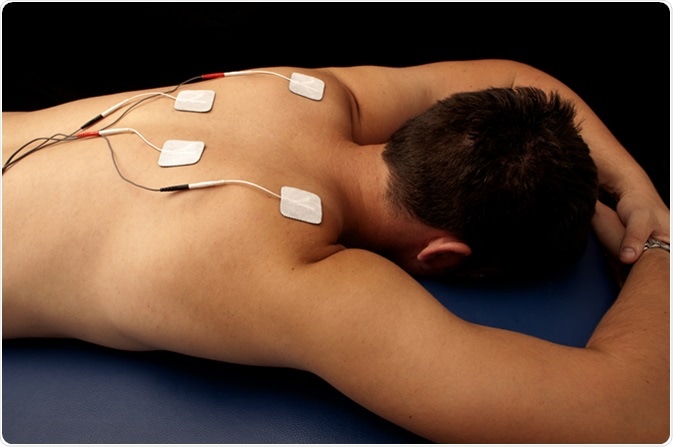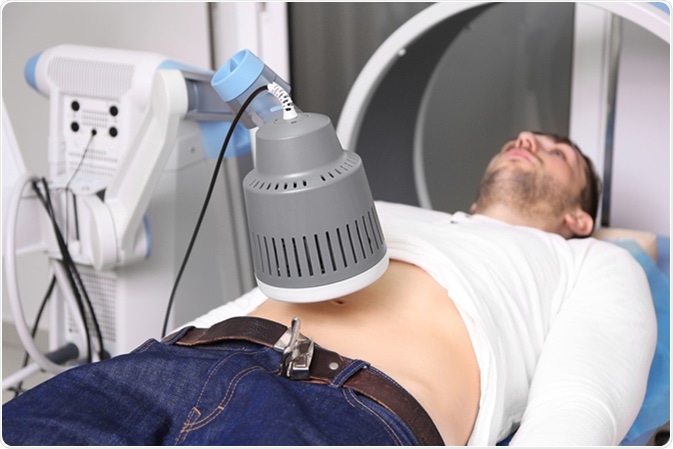Physiotherapy (PT) is a healthcare profession, which encompasses various treatment modalities such as massages, heat therapy, exercises, electrotherapy, patient education, and advice for treating an injury, ailment, or deformity.
Types of Physiotherapy Sub-Specialties
Physiotherapy has evolved in the form of various sub-specialties, which enable PT to deal with various conditions in a more effective and appropriate way. Below is the list of various sub-specialties and their uses:
Neurological physiotherapy – Neurological conditions lead to extreme muscle weakness, loss of balance and coordination, muscle spasm, tremors, loss of function, and decreased sensation. Neurological physiotherapy aims at establishing mobility and treating functional disorders which originate from nervous and neuromuscular system such as stroke, spinal cord injuries, traumatic brain injuries, multiple sclerosis, sciatica, aneurysm, and Parkinson’s disease.
Orthopedic/ musculoskeletal physiotherapy – This sub-specialty deals with repairing the deformities and treating the ailments related to human musculoskeletal system, which include correcting the muscles, ligaments, bones, joints, and tendons. The main aim is to alleviate pain, increase mobilization, and to rectify the skeletal injury.
Cardiopulmonary physiotherapy – This sub-specialty treats the patients who suffer from cardiopulmonary disorders such as cardiac arrest and chronic obstructive pulmonary disease. Physiotherapists run cardiac rehabilitation centers and educate the patients about certain forms of exercises and resistance training techniques which can help them improve their overall quality of life.
Pediatric physiotherapy – Pediatric physiotherapists help in improving acute injuries, defects which are present at the time of birth, delayed physical growth, or certain genetic defects such as cerebral palsy (a condition which restricts the overall movement and coordination). Physiotherapists use various therapeutic exercises in children, which can aid in strengthening the affected parts; thereby improving the precise and overall movement of those parts.
Geriatric physiotherapy – This sub-specialty deals with certain age-related medical conditions such as arthritis (pain in the joints), osteoporosis (fragile and brittle bones). Geriatric physiotherapists guide elderly about restricting certain movements which can aggravate pain, provide their patients with gait aides to improve overall mobility and to minimize pain by employing various techniques and exercises.
Types of Treatment Modalities Used in Physiotherapy
Manual therapy – Manual therapy is a technique used by physiotherapists to manipulate and mobilize affected joints by massaging them with the use of their hands.
Transcutaneous electrical nerve stimulation (TENS) therapy – It is a technique wherein a small battery-driven device is used to send low-grade current through the electrodes placed on the skin surface. A TENS device temporarily relieves the pain of the affected area.

Transcutaneous electrical nerve stimulation (TENS) therapy. Image Credit: DreamBig / Shutterstock
Magnetic therapy – Electromagnets of different types and sizes are available, and can be self-applied under the guidance of a trained professional. This can help in limiting the pain.
Dry needling and acupuncture – Fine needles are inserted into specific body points, which reduce pain for a short span of time.
Taping – This technique promotes the body’s natural healing process. A tape is used, which lifts the skin away from the connective tissue, hence increases the space and allows the lymphatic fluid to move more effectively.
Joint mobilization – This type of manual therapy technique is used wherein a physiotherapist mobilizes the joints at different speeds, depths, and amplitudes to restore normal joint movement.
Stretches and exercises – Physiotherapists teach various exercises and body stretching techniques, which help restore joint movements.
Rehabilitation – A wide range of strengthening, preventative, and corrective exercises are used to alleviate disease conditions.
Strengthening programs – Physiotherapists conduct specialized programs, and educate their patients about personal responsibility for health and physical conditioning. Such programs help patients in improving their overall strength, balance, coordination, and flexibility.
Hydrotherapy – Hydrotherapy utilizes water to treat arthritis. Specialized exercises are performed inside water with a temperature range of 33-36 degree Celsius under the guidance of a physiotherapist. It involves various stretching, aerobics, and strengthening exercises.
Hot and cold applications – Application of ice, cold packs, nitrogen spray, and techniques such as cryotherapy can relieve the patients from acute conditions. In cases of chronic conditions, physiotherapists use hot packs, infrared heat, diathermy, and ultrasonic waves.
Diathermy – This technique uses electrically induced heat or high-frequency electromagnetic currents to cure various conditions.

Inductive shortwave diathermy. Image Credit: Africa Studio
Ultrasound and phonophoresis – Therapeutic ultrasound uses the frequency range of 0.5 – 3 MHz. This technique helps in lowering down the inflammation by inducing a deep heat to a localized area to cure muscle spasms, promote healing at the cellular level, increase metabolism, and improve blood flow to the damaged tissue. Phonophoresis is a technique which utilizes ultrasonic waves for effective absorption of the drugs which are topically applied. This technique has been found to be effective in relieving pain as it allows maximal absorption of drugs such as anti-inflammatory and analgesics.
Range of Motion (ROM) exercises – Range of motion exercises are used to improve joint mobility and to decrease muscle stiffness. Various types of ROM exercises include Passive Range of Motion (PROM) exercises, Active Assistive Range of Motion (AAROM) exercises and Active Range of Motion (AROM) exercises.
Soft tissue mobilization – Soft tissue mobilization or therapeutic massage helps in relaxing tight muscles, relieving pain, and reducing swelling.
Further Reading